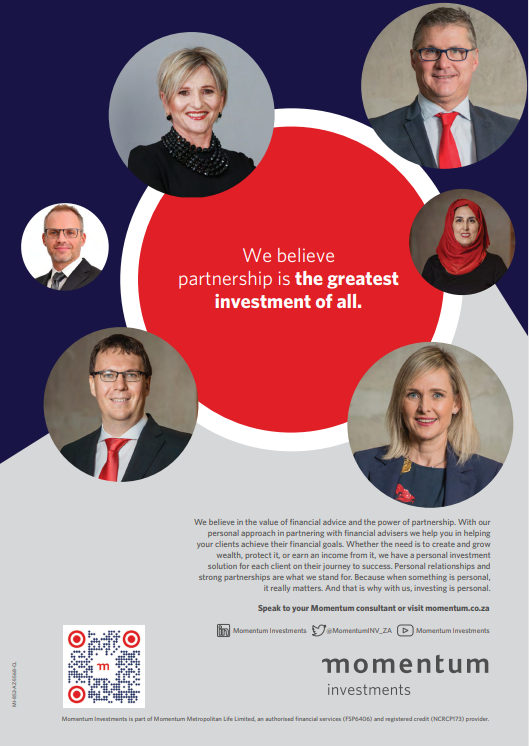Tony Webster from Aon’s Commercial Risk Solutions Division

Aon Global Risk Management Survey
In 2020, when the COVID-19 pandemic cut a deadly swathe across the world, only 27 countries in the world experienced economic growth. Global economic growth dropped from an annual rate of –3.4 percent to –7.6 percent.
Concerns for a stalled economic recovery are reflected in Aon’s 2021 Global Risk Management Survey, where the risk of economic slowdown/slow economic recovery is listed as the number one risk facing the Middle East and Africa, where economies are being hit hard by COVID-19 and fluctuating oil prices. Among sub-Saharan African (SSA) countries, tourism-reliant economies have suffered the worst impact.
According to the Aon Global Risk Management Survey, the following industries listed the risk of economic slowdown and slow economic recovery as a top threat:
- The pandemic has fundamentally changed the way real estate business is conducted. The demand for space has been adversely impacted by social distancing, shutdowns, quarantines, retrenchments and remote/hybrid work.
- The construction sector encountered similar challenges with projects that were paused during the pandemic due to uncertainty about the economy. Many projects remain stalled as owners continue to worry about demand for office or retail space when so many businesses have closed and people are working remotely.
- The transportation and logistics sectors have been hugely affected as many countries continue to close borders or limit transportation and travel amidst ongoing COVID-19 waves, creating impediments to local and international trade and transportation.
It is very clear that the COVID-19 pandemic is far from a linear event, causing a domino effect as major supply-chain disruptions emerge. While higher commodity prices are good for exporting countries such as South Africa, the country is also faced with rapid inflation in the form of rising food and energy prices in addition to natural disasters such as record-breaking rainfall, drought and increased fire risk. Add onto that the risk of civil unrest and it all creates the perfect storm of volatility for businesses who are trying to navigate their way through it.
The COVID-19 pandemic requires leaders to focus on building a resilient mindset to guide decision-making and be able to refresh, flex and make better decisions continually and proportionately. Those with the best opportunity for success recognise that uncertainty will continue to exist and that they must go into a situation with eyes wide open — that way, they can look for what’s really happening, not what they expect to see. It is crucial to identify and assess tipping points and escalation triggers to adapt to the threat and identify next steps. The assembly of a crisis team with representation from across the business is a good way to ensure a complete view of decision-making.
Aon’s report on Decision making in complex and volatile times found five hallmarks of success for companies who survive in a crisis:
- Preparedness – Companies who show a deep commitment to loss prevention and mitigation by prioritising risk preparedness.
- Leadership – In a high-stakes crisis, many leaders may be concerned and hesitant about making any missteps. But strong, visible leadership is critical in navigating an organisation through turbulence. Acting with urgency and transparency — and acknowledging the unknown — helps provide a sense of reassurance and common purpose.
- Communication – As leaders communicate with their employees, stakeholders and others, they must take into consideration the heightened anxiety and stress others may be feeling. That doesn’t mean glossing over the realities of the situation. Crises require leaders to build trust with their listeners through accurate, honest and frequent communication.
- Action – The sheer number of risk events that companies are contending with require organisations to take continuous action across all areas of the business. Leaders must assess the information available to execute on new business models, operating modes, communication channels and other processes, creating new structures and adjusting as needed.
- Change – Chartering a new course requires commitment from the entire team to make it a success.
Never before have high-impact decisions caused companies to change approach so dramatically and so frequently as now. Having to pivot and constantly make decisions around protecting the company’s people and assets, its balance sheet, revenue, costs and business strategy is no small feat. In doing so, leaders have learnt, three vital lessons:
- Decision-making must be driven by continually refreshing a business’ understanding of what is known today and then using that knowledge to recalibrate its understanding of how tomorrow is being reshaped
- Leaders must have the right mindset, the most relevant data and information at their fingertips and a robust decision-making framework in place to manage a great deal of uncertainty.
- While no one can predict the future, making the best decision hinges heavily on having the right information available to inform the decision-making process to navigate towards a better future with clarity and purpose.
Embracing a problem-solving approach in decision-making will help organisations find solutions for the risks and crises it is faced with as these risks unfold. And while economic slowdown is not an event that can be insured directly, the value of having an expert risk advisor in your corner who is able to provide data and analytical insights from a global and local perspective, will create a clearer picture of emerging technologies, trends and risk management approaches to help organisations make better decisions.


